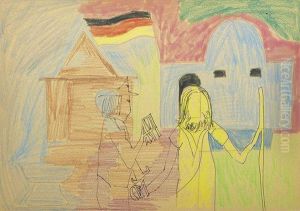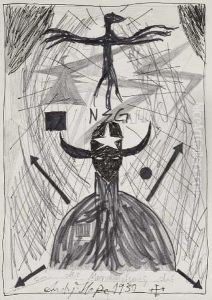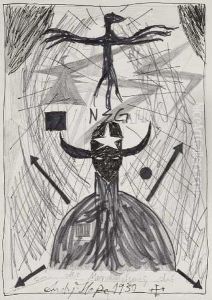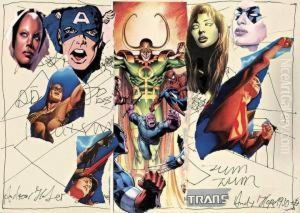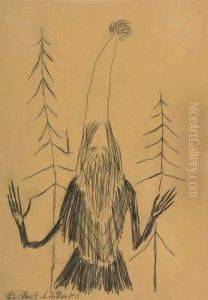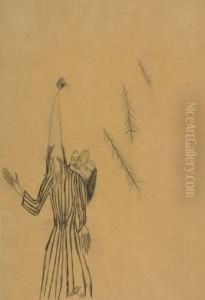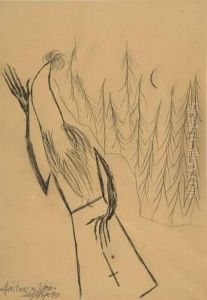Andreas Hofer Paintings
Andreas Hofer was not an artist in the traditional sense of painters or sculptors, but rather a Tyrolean patriot and leader of a rebellion against Napoleon's forces, as well as against the Bavarian government that was installed by the French. Born on November 22, 1767, in St. Leonhard in Passeier, in what is now Italy, Hofer was the son of an innkeeper and cattle merchant. His early life was marked by his deep involvement in the community and his work in his family’s business, which allowed him to interact with a broad section of Tyrolean society. Hofer was deeply influenced by the Tyrolean struggle for autonomy and was a staunch defender of Tyrolean rights and customs.
In 1809, responding to the Tyrolean dissatisfaction with Bavarian rule and inspired by the wider European resistance against Napoleon, Hofer became a central figure in the Tyrolean Rebellion. He was a charismatic leader, known for his impressive physical presence, his deep voice, and his traditional Tyrolean attire, which included a large felt hat decorated with feathers. Hofer's leadership was instrumental in several victories against the Bavarian and French troops, most notably at the Battle of Bergisel. These victories made him a hero among his people and a symbol of Tyrolean defiance.
However, the tide of war eventually turned against the Tyroleans. Despite initial successes, the lack of consistent support from Austria and the superior resources of the French and Bavarian forces led to the defeat of the rebellion. Hofer was forced into hiding but was betrayed and captured in early 1810. He was executed by firing squad on February 20, 1810, in Mantua, then part of the Napoleonic Kingdom of Italy. Despite his execution, Hofer remained a martyr and a symbol of Tyrolean resistance and patriotism.
After his death, Andreas Hofer became a folk hero in Tyrol and a significant figure in Austrian and Tyrolean cultural memory. His life and leadership have been commemorated in songs, literature, and monuments. The Andreas Hofer monument in Innsbruck, for instance, serves as a testament to his enduring legacy as a fighter for freedom and Tyrolean rights. His story encapsulates the broader struggles of the Tyrolean people during a tumultuous period in European history and continues to inspire discussions on nationalism, resistance, and the right to self-determination.
